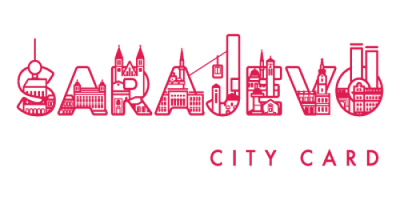We would like to inform you that the agreement between our system and the Tourist Organization has expired, and as a result, our service is no longer available at this time.
We sincerely thank you for your understanding and for the trust you have placed in us. For further information or assistance, please feel free to contact us at support@sarajevocitycard.com. Thank you for being part of our journey.
This shop will be powered by Agilitas d.o.o.
Enter store using password
Are you the store owner?
Log in here
- Opens in a new window.
